

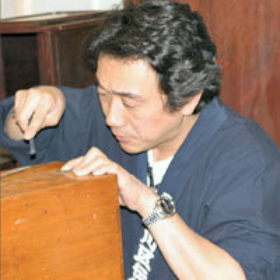
-
I repair antiques by rebuilding or adding on lacking parts and am a jack-of-all-trades who can make furniture, carve stone and gold, and use lacquer.
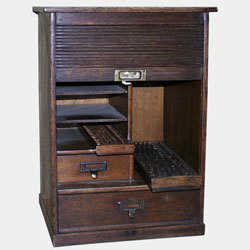
X



-
Kiriko is made from engraving designs on colored glass (often red or blue) covering a bottom layer of clear glass. The cuts, made with a disc-shaped file, leave a clear, brilliant design on the glass.




-
Wasai is Japanese sewing and is for tailoring the traditional kimono. Like any type of clothing, the kimono is diverse, and includes tomesode kimono, furisode kimono, "visiting" kimono, under-kimono garments, yukata and hakama. Hand sewing by men is called otoko nui (Literally, "man sewing") and the finished product is said to be very durable.




-
Konomi Sasahara is dedicated to Japanese embroidery that specializes in decorating kimonos. Konomi started learning Japanese embroidery in 1978 and became independent in 1998.
Japanese embroidery originated in Muromachi period (1333-1573). Beautiful designs are created using silk threads in 400 different colors and gold/silver threads with 20 different stitching patterns, such as Suga stitch, Sashi stitch, and Sagara stitch. Japanese embroidery is categorized into three different styles: Kyoto; Kaga; and Edo. Konomi, who follows the Edo style, decorates kimonos, sash ("obi"), and handbags and also creates framed works. Many of her art works are highly appreciated overseas.




-
A largely overlooked artistic work… to mount I put a thin Japanese paper at the back of my client's art for reinforcement and wrinkle prevention, and then put the art on the base fabric. After this, I make it into a hanging scroll.




-
My work is to hand-write characters on lanterns for use in festivals, businesses, etc. Using Japanese calligraphy, I precisely put each character on the bumpy surface and often I have to also draw in a family crest, which is a precise and beautiful feature.




-
Sword smith scissors used to be one of the local products of Shinagawa, but only a handful inherited the skill. I respect the tradition of the local industry for the best quality, and continue to produce scissors that are treasured by the professionals.



-
To make lacquer ware such as bowls and trays I paint lacquer over woodenware. The workflow is as follows: basic coating, drying, polishing, second coating, drying, polishing, final coating and drying.
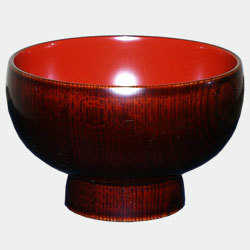


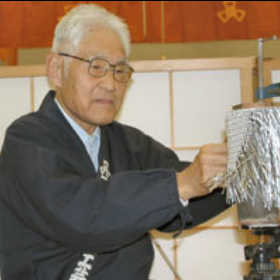
-
I work with thin wires using iron, stainless steal and brass. From baskets and mochi nets used in the kitchen to industrial baskets used by gilt workers, I can create various goods in all shapes and sizes..



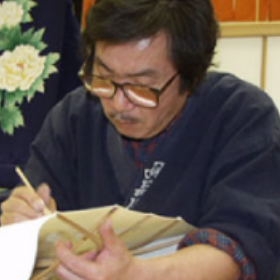
-
My work is to hand-draw and produce kimono patterns. My father trained me and for 42 years I have been doing all steps on my own - from the design and processing of the fabric to painting, dying, and cleaning.
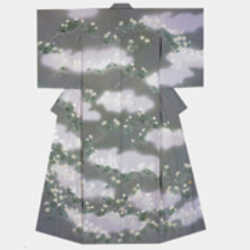


-
Kiri, the Paulownia tree, is a high-grade tree used to make chests of drawers because of its lightweight and moderate ventilation that is suited for storing clothes. I do not use metal nails, and instead use wood nails and finish it with a plane.



-
I am the successor of Seiji Hayashi. The most important technique for the production of the Kiri chest of drawers is the use of the plane. I continuously detail and work with a plane so that the drawers can go in and out smoothly, and yet have no visible gap.



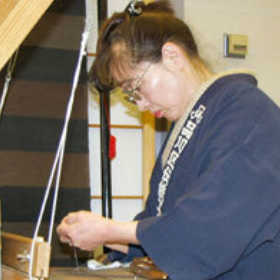
-
Using the kusaki-zome technique (dye made with natural plant materials such as flowers, berries and roots) the threads are dyed, and then traditionally hand-woven. With more a modern sense for the kimono and obi (sash) designs I strive for creativity.
















